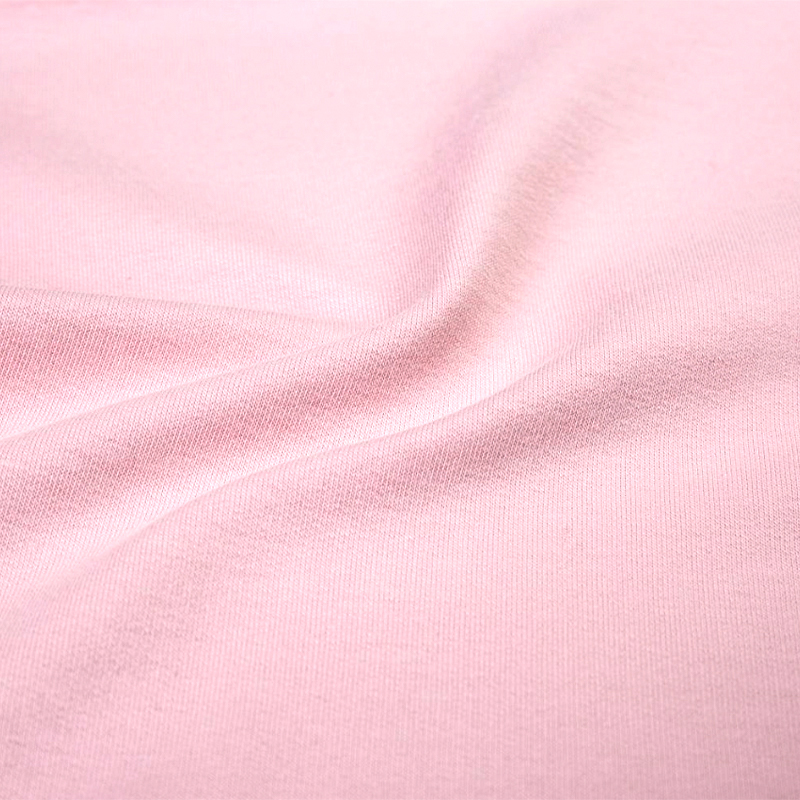The density of the loops in terry cloth fabric plays a significant role in its ability to dry quickly and retain moisture. Here's how different loop densities impact these properties:
1. Loop Density and Moisture Retention
Higher Loop Density:
Increased Surface Area: Fabrics with a higher loop density have more loops per unit area, which increases the surface area available for absorbing moisture. This allows the fabric to hold more water and generally makes it better at retaining moisture.
Enhanced Absorbency: More loops can capture and hold more liquid, which is why higher-density terry cloth is often preferred for applications like bath towels and bathrobes where high absorbency is desired.
Lower Loop Density:
Reduced Surface Area: With fewer loops, there is less surface area available to absorb moisture. This can result in lower overall absorbency.
Faster Drying: Terry cloth with lower loop density may dry faster because it holds less moisture overall. Less water retention means less time is needed for the fabric to release the moisture when exposed to air.

2. Loop Density and Drying Speed
Higher Loop Density:
Slower Drying: Fabrics with dense loops tend to retain more moisture, which can lead to longer drying times. The increased volume of absorbed water needs more time and airflow to evaporate completely.
Potential for Dampness: If not dried properly, higher-density terry cloth can stay damp longer, which might lead to unpleasant odors or mildew growth if the fabric is not allowed to dry thoroughly.
Lower Loop Density:
Quicker Drying: Fabrics with fewer loops typically dry faster because there is less moisture held within the fabric. The reduced volume of water allows for quicker evaporation and less time required to reach a dry state.
Less Moisture Retention: With less moisture retained in the fabric, it’s easier to dry out and return to a usable state more rapidly.
3. Practical Considerations
Application-Specific Needs: The choice of loop density often depends on the intended use of the fabric. For example, bath towels and beach towels benefit from higher loop density due to their high absorbency needs, while kitchen towels or certain cleaning cloths may be designed with lower loop density for quicker drying.
Fabric Care: Higher-density terry cloths might require more care to ensure they dry completely and remain hygienic, while lower-density terry cloths might be easier to maintain in terms of drying and quick turnaround.
The density of the loops in terry cloth fabric directly affects its moisture retention and drying properties. Higher loop density improves absorbency but can lead to slower drying times, while lower loop density allows for faster drying but reduced moisture retention. The choice of loop density should align with the specific needs and applications of the fabric.
.jpg?imageView2/2/format/jp2)





.jpg?imageView2/2/format/jp2)



.jpg?imageView2/2/format/jp2)
